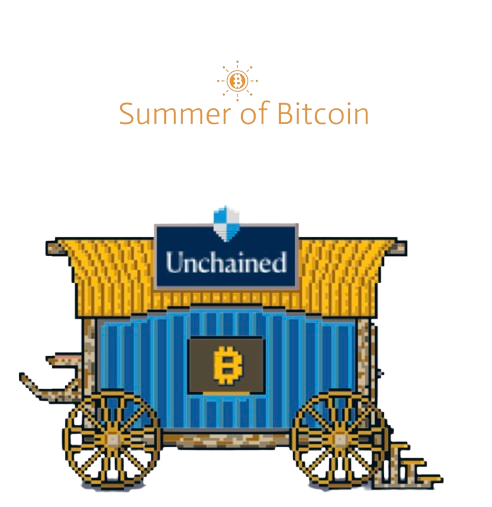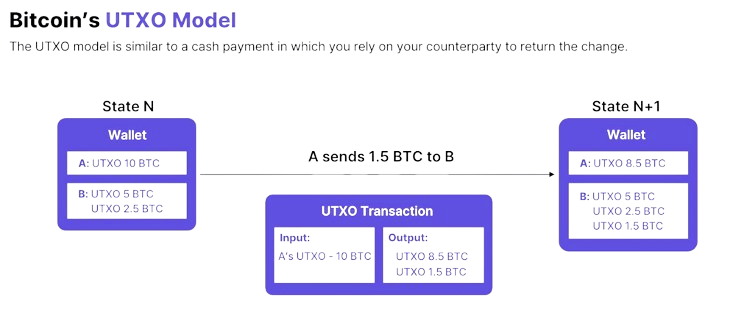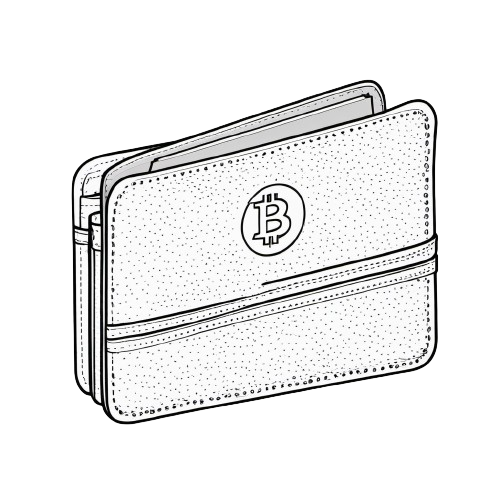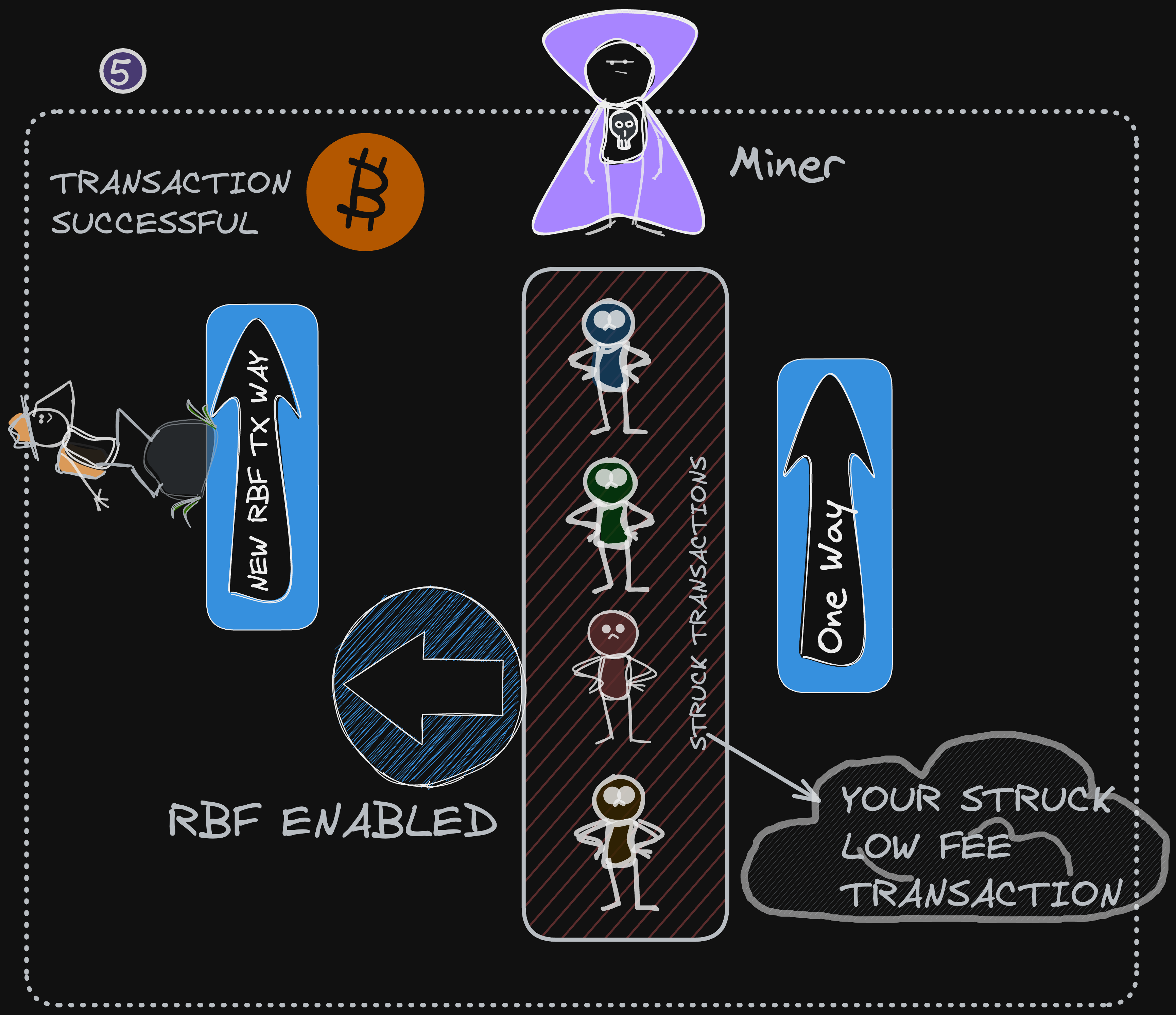Demystifying Bitcoin Fee Management: A Journey Through the Caravan
 Mrigesh Thakur
Mrigesh Thakur
Can you imagine it's been 15 years since the inception of Bitcoin ?
Back in 2009, in the midst of the global financial crisis, a mysterious figure known only as Satoshi Nakamoto introduced a revolutionary concept to the world: Bitcoin. This was more than just a new form of currency; it was a bold vision for a decentralized future, where financial power was returned to the people. What started as a simple whitepaper has grown into a global phenomenon, challenging traditional financial systems and igniting waves of innovation

For me, Bitcoin was a technical mystery that I always wanted to understand and see in action. This summer, by God's grace, I had an incredible opportunity to work on the project "Fee Bumping Support in Caravan" as part of the prestigious Summer of Bitcoin's Open Source Fellowship Program 2024.
So what I am planning to do is create blog series .... detailing my work that I did as part of my fellowship and try to go in depth as much as possible to learn how bitcoin works and why transaction fees are not simple as most people think they are .....
Unraveling the Mysteries of Blockchain
Before we embark on our journey, let's take a moment to unravel the mysteries of blockchain, the revolutionary technology that underpins Bitcoin. Picture a giant, transparent ledger that is shared across a vast network of computers. Every transaction that occurs on the Bitcoin network is recorded on this ledger, forming an unbreakable chain of blocks.
Think of it like a massive, global game of Jenga, where each block is stacked upon the previous one, creating an immutable and tamper-proof record of all transactions. This is the essence of blockchain technology—a decentralized, secure, and transparent way of storing and verifying information.

The Magic of Bitcoin Transactions
At the heart of Bitcoin lies its transactions. Imagine a world where sending money is as simple as sending an email. That's the magic of Bitcoin transactions! When you want to send Bitcoin to someone, you simply specify the recipient's Bitcoin address, which is like their unique email address, and the amount you want to send. 📩
Behind the scenes, your transaction is broadcast to the entire Bitcoin network, where powerful computers called miners compete to validate and include it in the next block of the blockchain. It's like a global race to solve complex mathematical puzzles, with miners vying for the privilege of adding your transaction to the ledger. Once your transaction is confirmed and added to a block, it becomes an immutable part of Bitcoin's history, visible to all participants in the network.
But what exactly is a Bitcoin transaction? In its simplest form, a transaction represents the transfer of value from one address to another. However, beneath the surface lies a complex web of cryptographic algorithms and protocols that ensure the integrity and security of these digital transactions.
One of the key components of a Bitcoin transaction is the input and output structure. Inputs represent the sources of funds, typically referencing previous transactions where the sender received Bitcoin. Outputs, on the other hand, specify the recipients' addresses and the amounts to be transferred. This intricate system of inputs and outputs forms the basis of Bitcoin's decentralized and transparent ledger.

Now let's understand what Caravan does :)
Caravan: Your Trusty Companion in the Bitcoin Wilderness
Caravan is like a helpful tool that makes it easier and safer for people to use Bitcoin together. 🛠️
Imagine you and your friends want to save some Bitcoin, but you don't want any one person to have full control over the money. That's where Caravan comes in!
Caravan helps you create a special kind of Bitcoin address called a "multisig" address. It's like a shared piggy bank that needs more than one key to open.
So, instead of trusting just one person, you and your friends can each have a key, and you need a certain number of those keys to spend the Bitcoin. This way, everyone has a say, and the money is safer!
Caravan makes it easy to set up these shared addresses and helps you keep track of them. It works with different types of Bitcoin wallets and devices, so you and your friends can use what you're comfortable with.
The cool thing about Caravan is that it doesn't store any of your information itself. It just helps you create and manage these special addresses, but you're in charge of keeping your keys and addresses safe.
So, in simple terms, Caravan is like a helpful friend that brings people together to use Bitcoin in a more secure and cooperative way, making it easier for everyone to be involved!

The Bumpy Road of Fee Bumping 🛣️
Now, let's address the elephant in the room—transaction fees. Imagine you're on a highway, and your transaction is like a car trying to reach its destination. When the Bitcoin network experiences high congestion, it's like rush hour traffic on the highway. Transactions with lower fees are like cars stuck in the slow lane, while those with higher fees zoom past in the fast lane.

This is where fee bumping comes to the rescue! Fee bumping techniques, such as Replace-by-Fee (RBF) and Child-Pays-for-Parent (CPFP), are like turbo boosters for your transactions.
What are CPFP and RBF ?
CPFP (Child Pays for Parent) Imagine you sent a Bitcoin transaction, but you didn't pay enough fees, so it's taking forever to confirm. It's like being stuck in a long line because you didn't pay the express fee.
With CPFP, you can create a new transaction (the child) that pays a higher fee and links it to your stuck transaction (the parent). It's like asking your child to pay extra to bump you up in the line.
The miners see the child transaction with the higher fee and are more likely to include both the parent and child transactions in the next block. This way, your original transaction gets confirmed faster! ⏩
So, CPFP is a way to help your stuck transaction by creating a new one that pays extra fees to speed things up.
RBF (Replace by Fee) Now, imagine you sent a Bitcoin transaction, but later you realize you want to change the fee amount. Maybe you want it to confirm faster, or you accidentally paid too much.
With RBF, you can create a new transaction that's almost identical to your original one, but with a different fee. It's like saying, "Hey, I want to replace my old transaction with this new one that has a different fee!"
Miners will see the new transaction and consider it as a replacement for the old one. If the new fee is higher, they're more likely to include the new transaction in the next block and discard the old one.
So, RBF allows you to change the fee of your transaction after you've already sent it, giving you more control and flexibility.

While fee bumping techniques offer a solution to stuck transactions, the user experience surrounding them has been suboptimal. Many wallets have confusing interfaces that fail to clearly explain the concepts of RBF and CPFP, leading to user frustration and potential mistakes. Moreover, the lack of transparency regarding the costs associated with fee bumping can catch users off guard, eroding trust in the wallet and the Bitcoin ecosystem as a whole.
The Quest for a Better Fee Bumping Experience
As part of my Summer of Bitcoin project, I will embark on a research quest to analyze the fee bumping implementations in various Bitcoin wallets. By diving deep into the technical architectures, user flows, and design patterns of these wallets, I aim to identify best practices and areas for improvement.
Throughout this journey, I will explore questions such as:
How can we design intuitive interfaces that guide users through the fee bumping process?
What are the most effective ways to communicate the concept of fee bumping to users with varying levels of technical knowledge?
How can we provide transparency and predictability regarding the costs associated with fee bumping?
What are the technical challenges and considerations when integrating fee bumping capabilities into a wallet like Caravan?
Stay tuned for the next installment, where we'll explore the technical intricacies of RBF and CPFP, examine real-world wallet implementations, and begin crafting a vision for a more user-friendly fee bumping experience in Caravan.
Until then, keep exploring, keep learning, and keep building the future of Bitcoin!
PS : I would be remiss if I didn't express my sincere gratitude to my mentor, Buck Perley. His invaluable guidance, deep expertise, and unwavering support have been instrumental in shaping this project. Buck's mentorship has been a constant source of inspiration to me, and I am deeply grateful for his contributions :)
Subscribe to my newsletter
Read articles from Mrigesh Thakur directly inside your inbox. Subscribe to the newsletter, and don't miss out.
Written by
